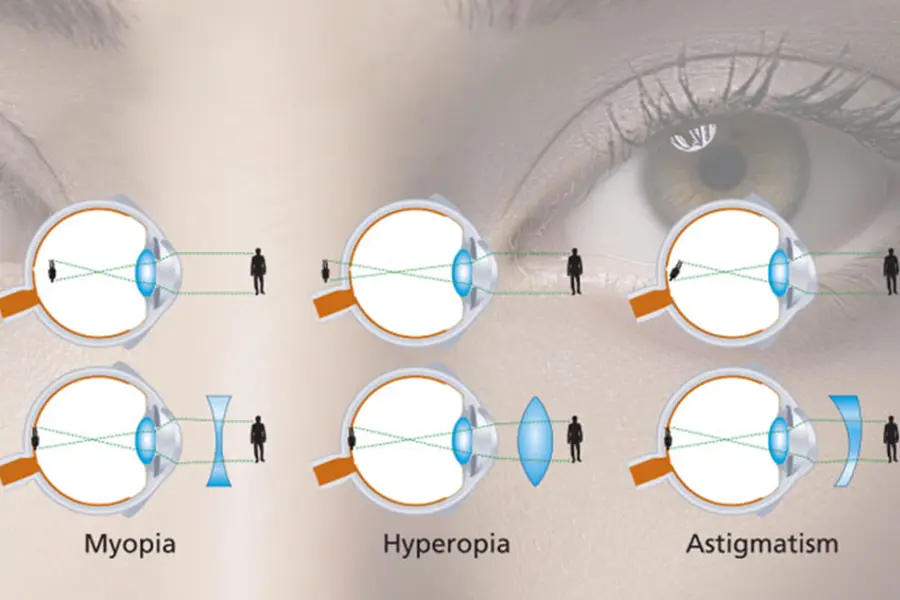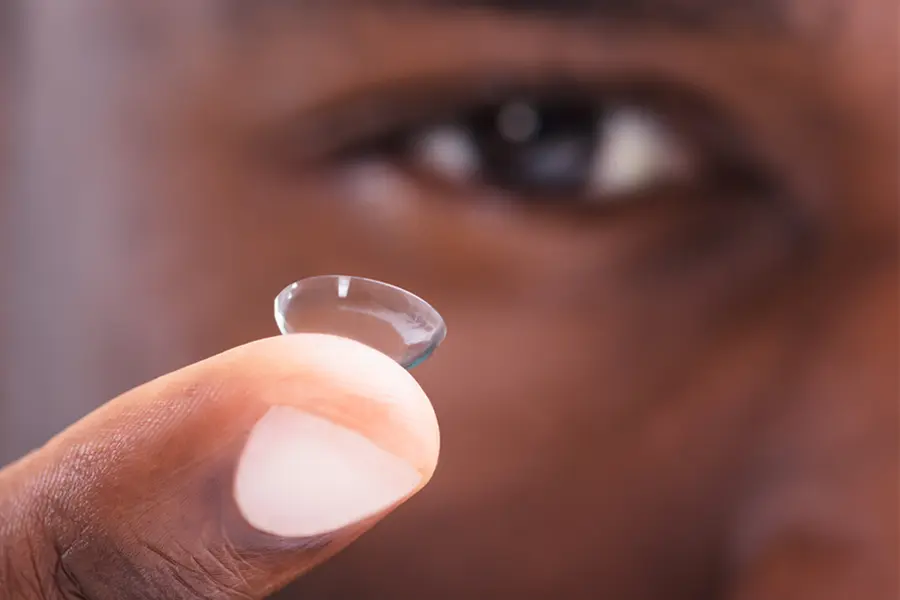As our world shrinks with the increased use of handheld digital devices such as smartphones, intensified education and the obligatory computer use, the rates of myopia (short-sightedness) increases. Fortunately now we have various methods to slow myopia progression and in some cases stop completely the progression of myopia in our young people. There is an option for every myopia!

With the increased use of handheld digital devices such as smartphones, intensified education and the obligatory computer use, the rates of myopia (short-sightedness) increases. Over the last 25 years the incidence of short-sightedness has increased and is continuing to do so, with the onset happening at younger ages and progressing during the growing years. Genetics and environment are the key factors in how an individual’s myopia will progress. Unfortunately risks for retinal detachment, myopic macula disease and glaucoma in adulthood increase due to the lengthening of the eye and subsequent strain on the ocular tissues.
Ortho-K is the process of applying a rigid contact lens to the cornea (clear window on the front of the eye) to re-shape it you sleep. By re-shaping the cornea at night you can then see during the day without contact lenses or glasses in place. The huge benefit of this option for the progressive myope is that the pattern of defocus on the back of the eye (the retina) has been shown to slow and in many cases prevent the lengthening of the eye which results in increased myopia.
Things you need to know:

Soft bifocal or multifocal lens designs achieve a similar result to Ortho-K lenses by altering the optics of the eye in such a way that progression of short-sightedness is not encouraged. Improvement of this technology has made this option another great tool to offer those at risk of progressing myopia.
Atropine eye drops have been shown to decrease the progression of myopia and their use is gaining popularity. These drops signal the inner layers of the eyeball to refrain from elongating excessively. These drops can currently only be accessed via an ophthalmologist. A referral for baseline axial length measurements and atropine discussion is a worthwhile undertaking prior to starting myopia control.
In some patient’s poor ocular co-ordination at near may require multifocal spectacle lenses which will potentially prevent myopia control by relaxing and assisting the eyes near focus. Myopia control with this method is varied.
Technology in this area is evolving constantly giving us myopia control spectacles lenses another option to choose from for our progressing myope.
This one should be easy and it costs nothing! There is evidence to suggest spending at least 2 hours outdoors in the sunshine can reduce the rate of myopia.
 Book An Eye Test
Book An Eye Test